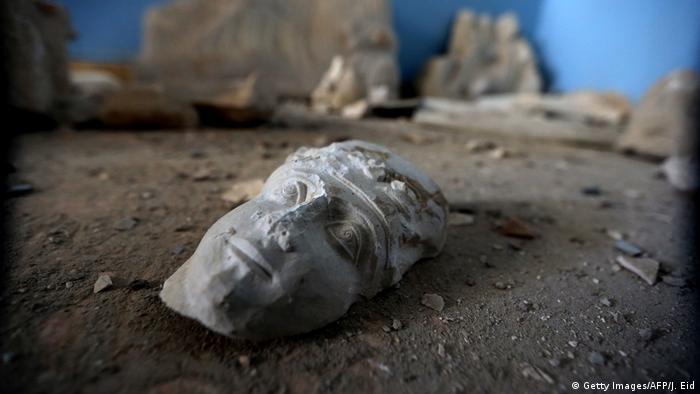
Syrian military forces entered the ancient city of Palmyra on Wednesday, following several weeks of a Russian-backed assault on the Islamic State group.
"The army has entered a western neighborhood of Palmyra and has seized control of part of it," the head of the Syrian Observatory for Human Rights, Rami abdel Rahman, said, adding that "there are clashes and heavy shelling" across the city.
Reports also suggest that the Assad regime also now fully controls part of the western and north-western city outskirts, as well as the airport in the eastern part of the city.
A Syrian military official reportedly told German news agency DPA that recapturing Palmyra "is a matter of time."
"There is a big collapse in the ranks of Daesh fighters," the official said on condition of anonymity. "They have abandoned most of their positions around the city."
Palmyra is a UNESCO site that was once a classical city nestled on the edge of an oasis in the Syrian desert. However, its ancient heritage has largely been wiped out. IS militants first seized Palmyra in May 2015 and began systematically destroying its ancient monuments and temples, and looting its many treasures. The jihadist group also carried out mass executions in the city's Roman theatre.
The destruction of the city's famed triumphal arch, the temple of Bel, was described by UNESCO as "an intolerable crime against civilization."
The Syrian army drove IS out of Palmyra in March 2016 but jihadists recaptured the town last December while the Syrian was focused on gaining full control of Aleppo in northern Syria.

What is now left of the ancient ruins at Palmyra – known as the "Pearl of the Desert" – is uncertain after a new strike by IS militants on Thursday. This photo shows the face of statue at a destroyed museum in March 2016. Syrian government forces had recaptured Palmyra that month from jihadists, who view the UNESCO-listed site's ancient ruins as idolatrous.




